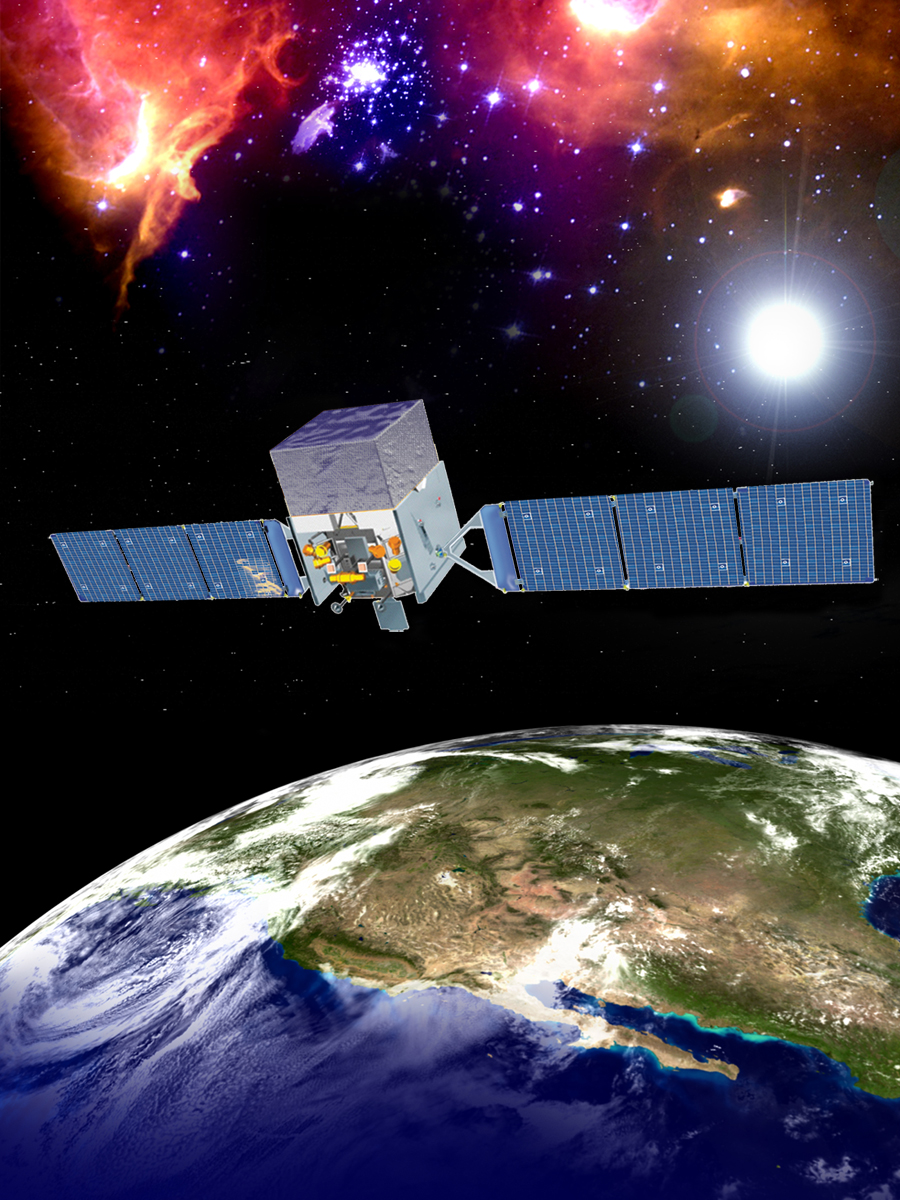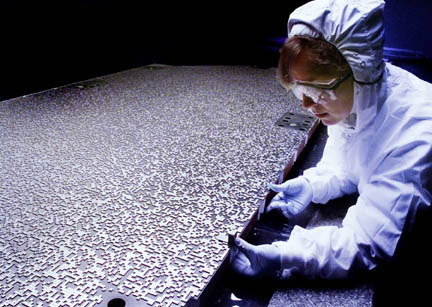Observatories
How do astronomers do the work they do? Where does the data come from? Follow the links below to learn more about some of the observatories and instruments our scientists use.

The mini-websites contain background information and educational resources to about selected satellites. Click through to learn more about XMM-Newton, Swift, Fermi, and NASA and JAXA's collaborations in X-ray astronomy.

Learning about our universe takes a diverse set of telescopes and satellites to capture information at many wavelengths and in many different ways. This page collects in-depth articles about selected satellites that we've written over the years.

The information about our universe measured by instruments on satellites is transferred to the ground and analyzed by scientists. The data can arrive in many forms and much processing is usually required before it can be used to "do science." This section will discuss the data, the typical processing, the final data archive, the scientific analysis process, and the final scientific results.

To capture the highest energy light – X-rays and gamma rays – astronomers must use telescopes and detectors specifically designed for the task. This section discusses telescopes, detectors and observing platforms for X-ray and gamma-ray astronomy.

Astronomers have been studying the high energy (X-ray and gamma-ray) sky for decades. Check out this section to learn more about this rich history.


